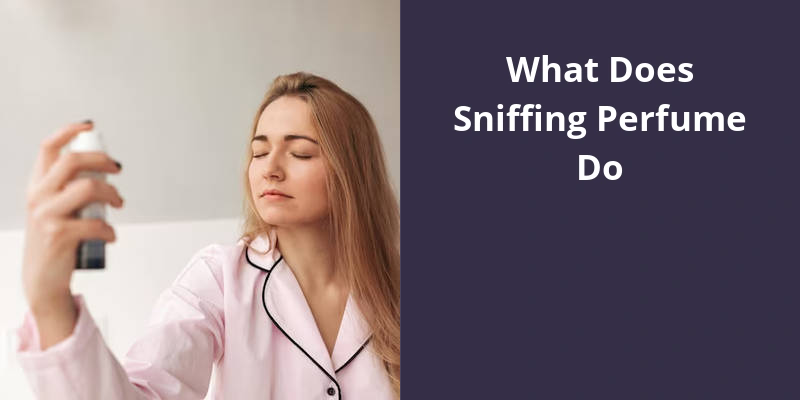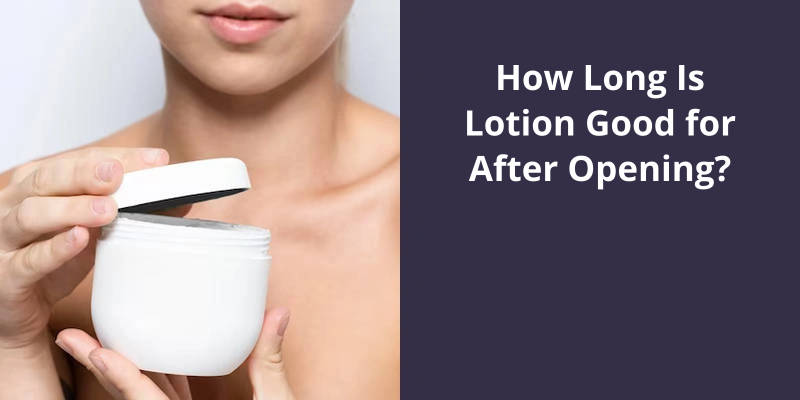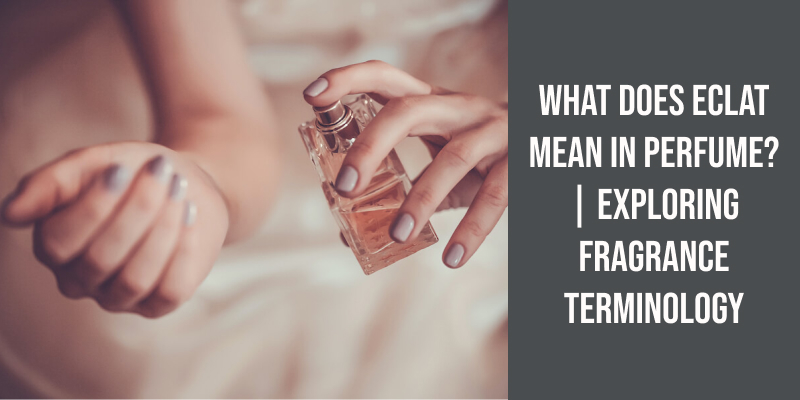Yes, Ambrox is closely related to the Musk family. It is a synthetic compound commonly used in the perfume industry due to its musky aroma. Despite being synthetic, the smell of Ambrox is often compared to Ambergris, a natural substance excreted by whales which has a strong musk-like scent.

Is Ambroxan a Musk?
Ambroxan, also known as Ambrox, is commonly mistaken as a musk due to it’s musky-ambery odor. However, it’s important to note that Ambroxan isn’t derived from the musk deer or any other animal sources. Instead, it’s a synthetic compound created as a replacement for natural Ambergris.
Ambergris, on the other hand, is formed from a secretion of the bile duct in the intestines of the sperm whale. It can be found floating on the sea or washed up on coastlines, and sometimes, it’s discovered in the abdomens of dead sperm whales. This substance is highly valued in the perfume industry due to it’s unique and rare scent.
The confusion arises from the fact that both Ambroxan and Ambergris share similar olfactory qualities. Both possess a warm, musky aroma with hints of amber and marine notes. However, Ambergris has a more complex and multi-faceted scent profile, which makes it highly sought after in luxury fragrances.
It’s often used in perfumery as a fixative, enhancing the longevity and sillage of fragrances. Ambroxan has gained popularity in recent years as a versatile ingredient, adding depth and warmth to compositions.
However, Ambroxan offers a cruelty-free alternative that allows perfumers to create captivating scents reminiscent of the intriguing allure of musk-based fragrances.
Ambroxan, a highly versatile ingredient, has captivated people’s senses with it’s multifaceted nature. Unlike other overpowering elements, this compound strikes the perfect balance, arousing a widespread appreciation. It’s range of captivating notes have made it a popular choice, leaving individuals enamored by it’s delicate complexity.
Why Do People Like Ambroxan?
Ambroxan, a widely used ingredient in perfumery, has garnered quite a following among fragrance enthusiasts. One of the reasons people are drawn to Ambroxan is it’s remarkable versatility. This ingredient has a multifaceted nature, allowing it to enhance various scent compositions without overpowering them. It’s ability to strike the perfect balance between being noticeable without being overwhelming is what makes it so appealing to many.
It possesses a warm, woody, and slightly amber-like scent, which brings a sense of depth and sophistication to fragrances. This unique aroma adds a touch of elegance and sensuality, making it an ideal choice for creating alluring and captivating scents.
It’s multifaceted nature, distinct character, longevity, and compatibility make it a top choice among perfumers and fragrance enthusiasts.
Musk, known for it’s clean and iconic scent, is widely utilized in the creation of grounded, traditional, and sensual fragrances. It’s often combined with sweet top notes such as vanilla and floral scents like jasmine, as well as woody or earthy aromas like sandalwood and amber.
What Is the Scent Musk Good For?
Musk is a highly versatile scent that’s known for it’s grounding and traditional qualities. It’s often used in fragrance compositions to create a sense of timeless elegance and sophistication.
Furthermore, musk is often used in combination with floral notes such as jasmine, adding depth and complexity to the overall composition. The floral and musky blend creates a harmonious balance between feminine and masculine qualities, making it suitable for a wide range of preferences.
This combination adds a grounding and earthy element to the fragrance, making it more grounded and sophisticated.
It’s clean and sensual qualities make it an excellent choice for those who prefer a timeless and traditional scent.
Ambrox, a captivating scent used in various perfumes and fragrances, is derived from an exquisite source – the essential oil of clary sage. To create ambroxide, the primary compound responsible for it’s unique aroma, sclareol, found within clary sage, undergoes a fascinating synthetic process. Through oxidation and hydrogenation, sclareol transforms into a lactone and subsequently into a diol. Finally, this remarkable compound is dehydrated, giving rise to the glorious fragrance known as ambroxan. Now that we know the remarkable origins of ambrox, let’s explore it’s versatile applications and enchanting allure.
What Is Ambrox Made Of?
Ambrox, also known as ambroxide, is a widely used ingredient in the fragrance industry. It’s distinct scent is often described as warm, rich, and amber-like. But what exactly is ambrox made of? To understand it’s composition, we’ve to take a closer look at it’s origins.
Ambroxide is derived from a natural compound called sclareol, which can be found in the essential oil of clary sage. Clary sage is a herbaceous plant native to the Mediterranean region, and it’s oil is known for it’s various aromatic properties.
The process of obtaining ambrox from sclareol involves several chemical transformations. Initially, sclareol is oxidatively degraded to a lactone compound. This lactone is then subjected to hydrogenation, resulting in the formation of a diol. Finally, through a process of dehydration, the diol is converted into ambroxan, which is the primary component responsible for the characteristic scent of ambrox.
It’s important to note that ambrox isn’t a musk itself. Musk is a term used to describe a class of fragrant compounds that are traditionally derived from the secretions of certain animals, particularly the musk deer. Ambrox, on the other hand, is a synthetic molecule that mimics the scent of ambergris, a wax-like substance produced by sperm whales.
Due to concerns regarding animal welfare and the ethical implications of using musk derived from animals, the use of ambrox as a substitute has become more prevalent in the fragrance industry. It’s versatility and ability to impart a warm and inviting aroma make it a desirable choice for perfumers.
The Ecological Impact of Using Ambrox as a Substitute for Animal-Derived Musk
- Ambrox is a synthetic alternative to animal-derived musk
- It’s a minimal ecological impact when compared to animal-derived musk
- By using ambrox, there’s no harm caused to animals
- Ambrox is derived from sustainable and renewable sources
- It doesn’t contribute to the exploitation or endangerment of animal species
- The production of ambrox has a lower carbon footprint than traditional musk extraction methods
- It’s use helps reduce the demand for animal-derived musk, which can lead to conservation of wildlife populations
- Ambrox doesn’t involve the killing or trapping of animals
- It’s a cruelty-free option for those who wish to avoid supporting the use of animal products
- Choosing ambrox over animal-derived musk can contribute to a more sustainable and ethical fragrance industry
Source: Ambroxide – Wikipedia
Conclusion
It’s synthetic nature sets it apart from naturally-derived musks, yet it’s undeniable presence in a variety of fragrances and it’s ability to evoke a musky scent profile can’t be ignored.





